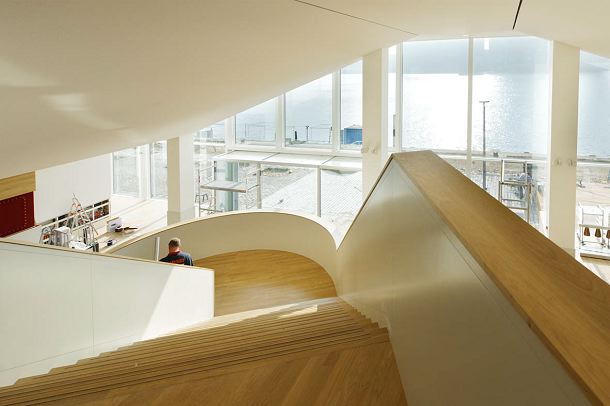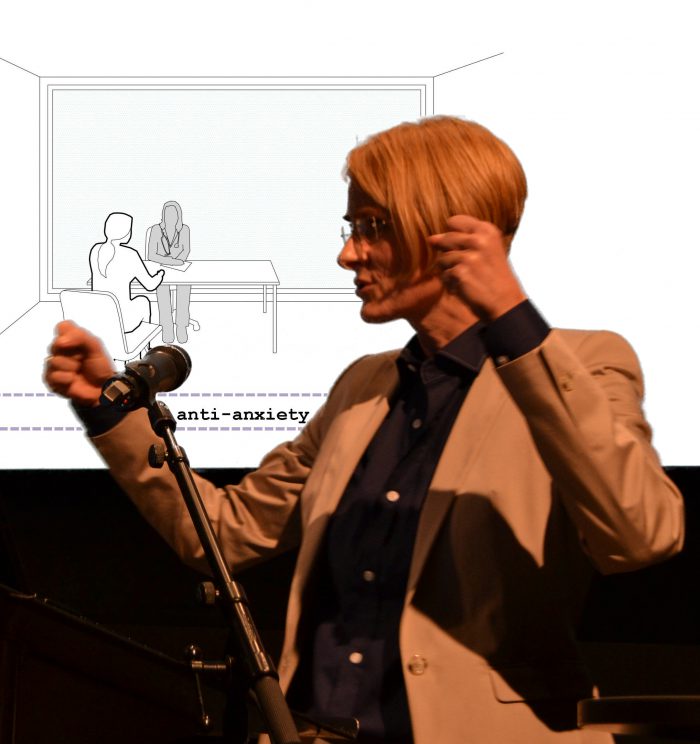OHE SYMPOSIUM RESULTS_VARIANTE-2
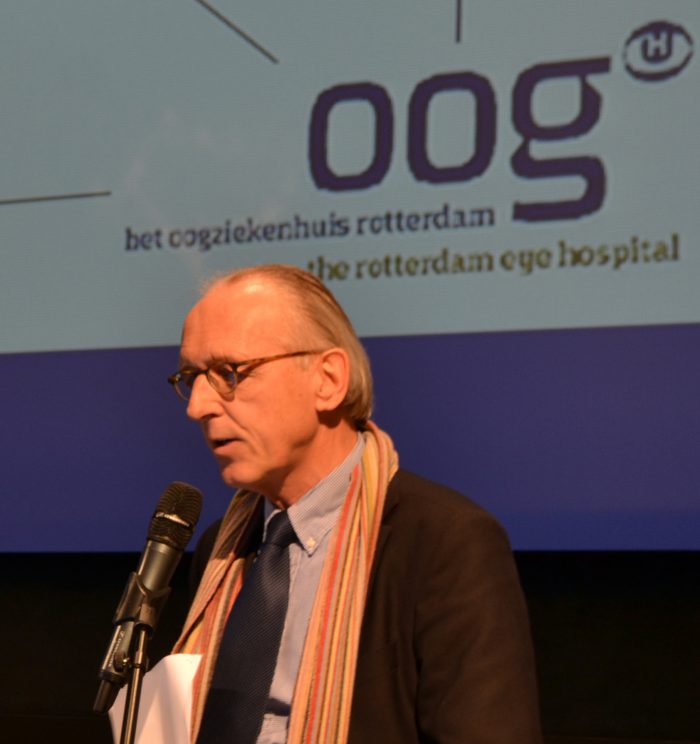
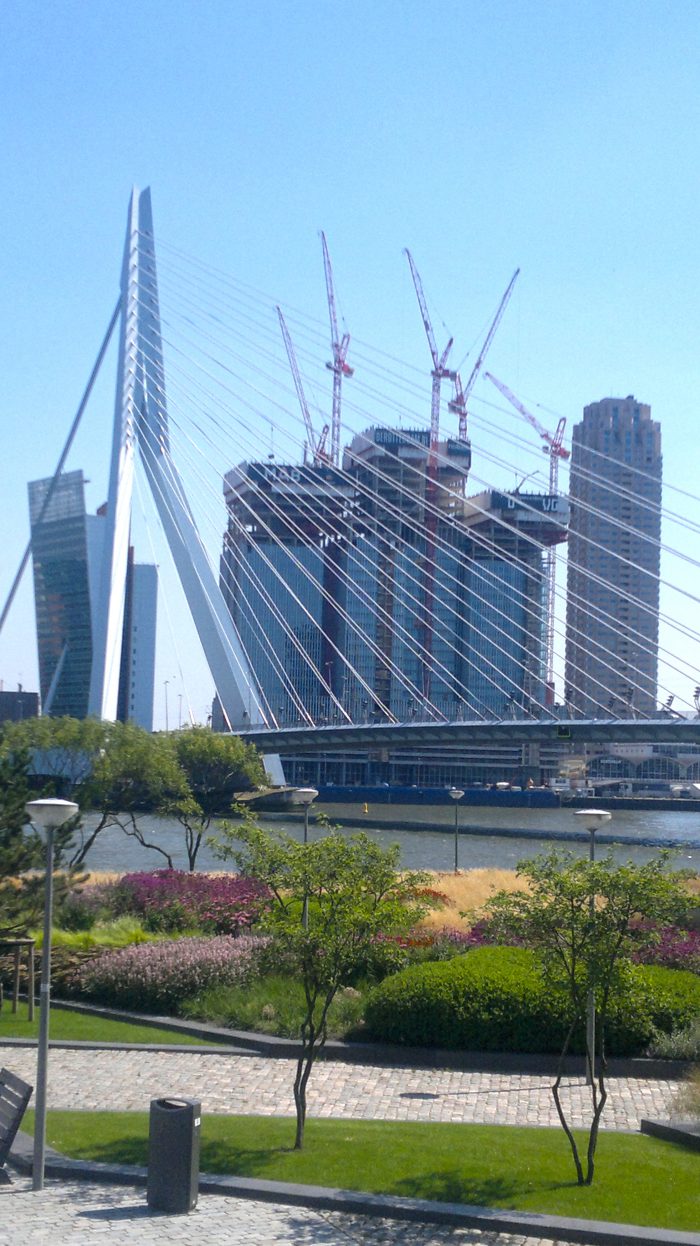
THE WISH TO HEAL
It is indisputable to state that built environments have an influence on human beings. While we are comfortable with some, we are repelled by others. While we remember some for our whole life, we forget others immediately after leaving them. To feel comfortable in certain buildings or to think that they are beautiful does by far not mean that we can employ them successfully in the battle against illness and use them effectively as a cure. The notion of a ‚Healing Environment‘ and the related statement that a specifically designed environment can positively affect health and the process of recovery has meanwhile become the focal point of research studies and even of successfully advertised building projects. Architects of ‚Healing Environments‘ attempt to base their concepts on scientific knowledge concerning reciprocal effects of the experience of stress and other outcomes. In the pursuit of promoting healing the designers commit themselves to novel methods such as Evidence Based Design and create inflationary terms such as ‚Healing Architecture‘.
HOW FAR ARE WE IN FACT? From 28th till 30st of November 2012 the first International Conference on ‚Optimal Healing Environments‘ in Lantaren Venster Rotterdam brought this question into focus. The 3day conference was organized by kopvol – architecture & psychology in cooperation with the Dutch Fund Creative Industries and the Samueli Institute, USA. The organizers invited international experts from research and practice, to critically discuss the subject from different perspectives and to start a common project named ‘power-points’.
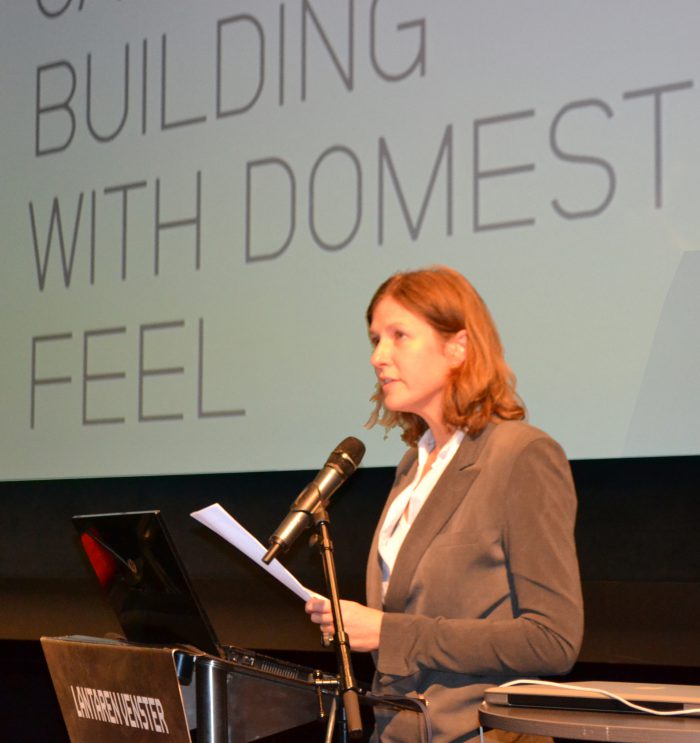
>> Introduction Anneloes van der Leun
THE TOPIC IS HIP
The start of the conference was set by a symposium, opened by Anneloes van der Leun (Dutch Fund Creative Industries). Van der Leun substantiated the question of the day „Do we need more research or more design, or do both need to gain more creativity, in order to achieve the goal of healing through architecture?“
130 visitors from the fields of architecture, design, health science and medicine followed the invitation to Rotterdam and spent 5 inspiring hours with a wide range of approaches to the topic Optimal Healing Environments.
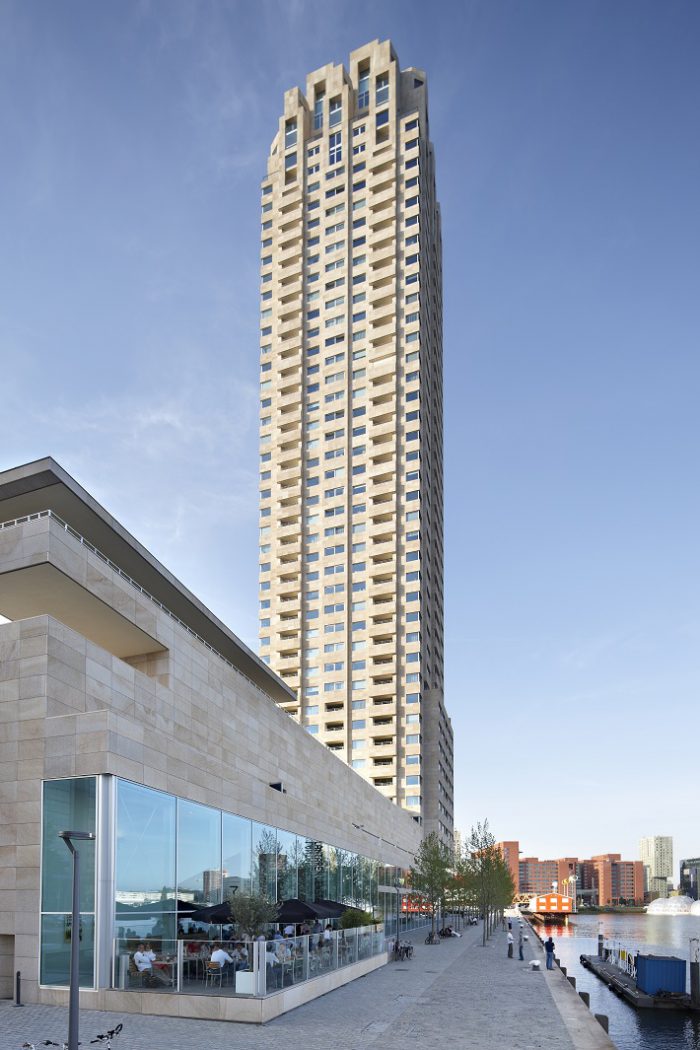
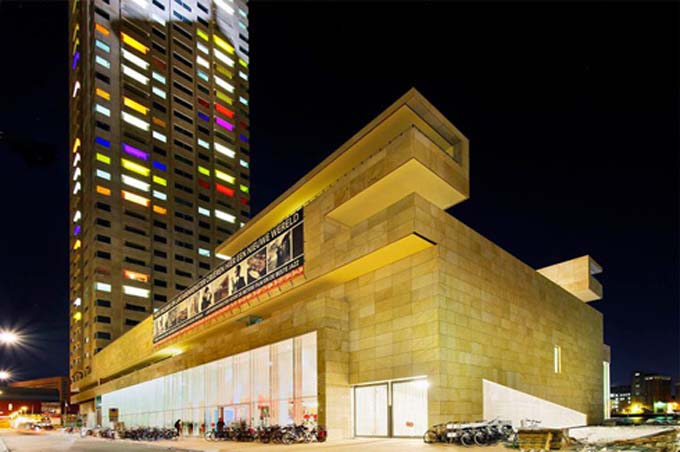
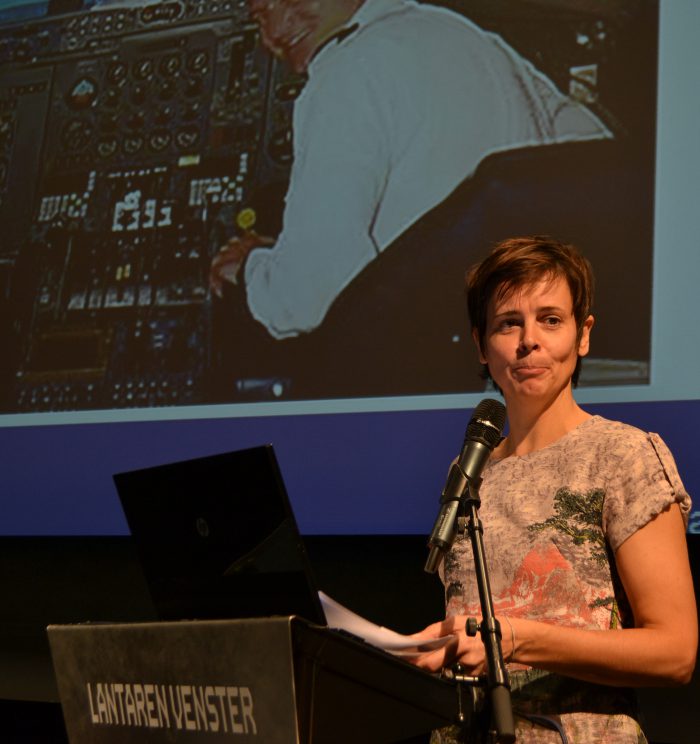
>> Introduction Gemma Koppen
„We could have filled a room twice as large“, welcomed organizer Gemma Koppen the audience; „the topic is hip! but we need to develop it in scientific depth and towards more spatial quality and implementation, in order to finally switch from, hip‘ to meaningful and useful […].“
THE STIMULATORS PERSPECTIVE
How this deepening might look, or should absolutely not look like, was illuminated by 7 international speakers partly based on their own research and design projects: In the Stimulators’ group, Prof. Wayne Jonas, president and CEO of the Samueli Institute and Francis Hiddema, physician and CEO of the Eye Hospital in Rotterdam appeared on stage.
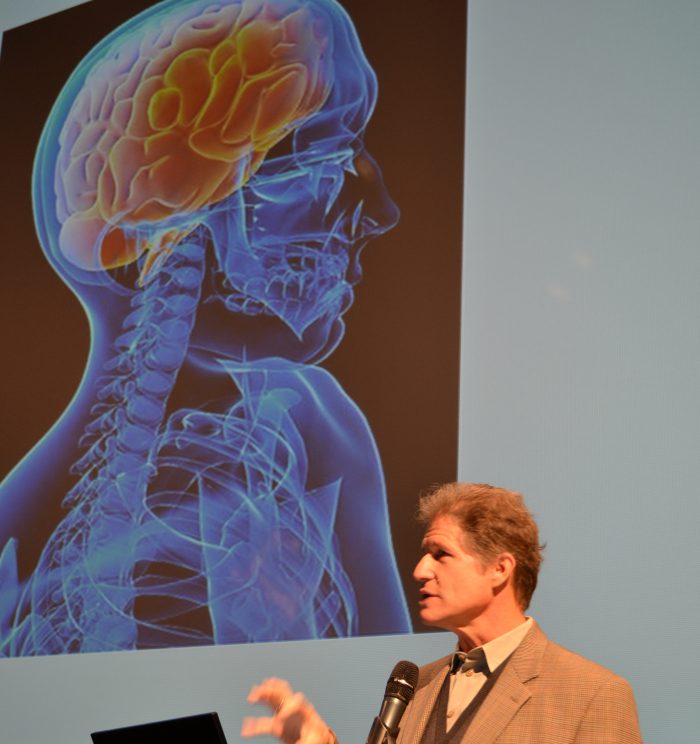
>> Lecture Prof. Dr. Wayne Jonas
While Wayne Jonas impressively clarified the difference between healing and cure, and was of the opinion “that it is easy to modify a building, but difficult to change the culture”, Francis Hiddema demonstrated the opposite with the example of his own clinic: „One can only realize a supporting and fear reducing building when one, as a CEO, has campaigned with all energy and consequently over many years.”

>> Lecture Prof. Dr. Francis Hiddema
THE USERS‘ PERSPECTIVE
The perspective of the user was taken over in an extraordinary contribution by the -since infancy blind- founder and CEO of the World Association of the Blind, Daniel Kish from the USA.
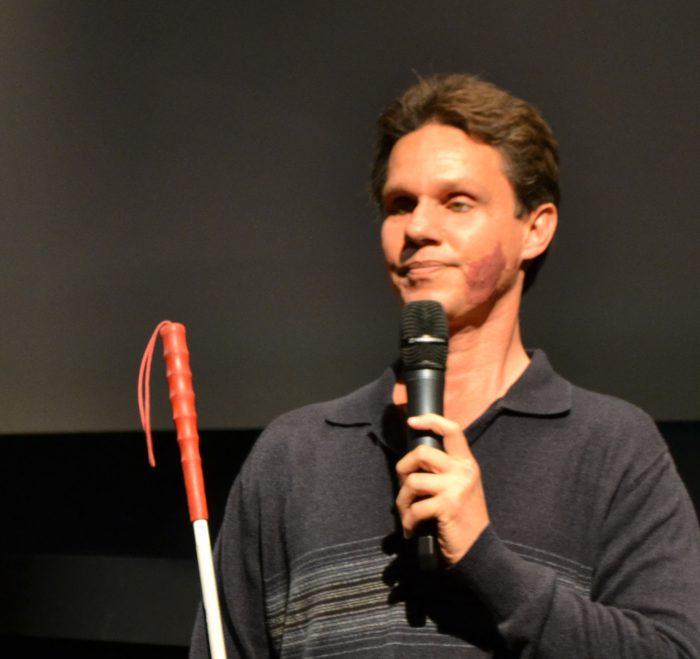
>> Lecture Daniel Kish
Kish orients himself in unfamiliar environments through echolocation without the help of others. Kish confronted the audience with their own blindness by wittily describing his way of perceiving space in hospitals. “The permanent peeping of the machines dominates my spatial experience, destroys my orientation and good mood…” Daniel provoked the architects who neglect the impact of acoustics on peoples’ orientation and wellbeing while they design unexceptionally reverberant spaces.
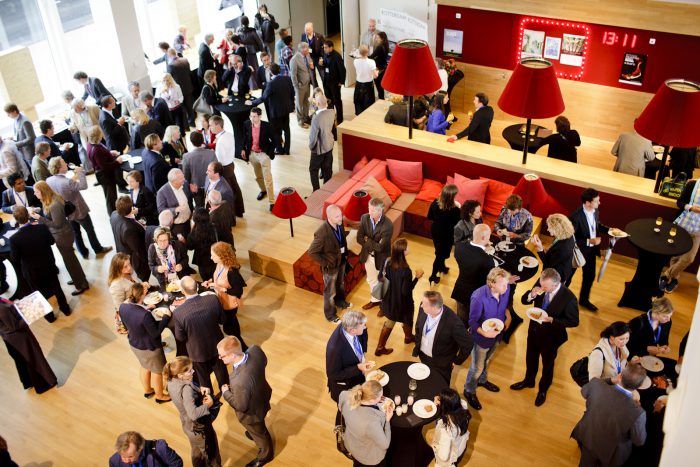
THE TRANSLATIONAL FUTURE
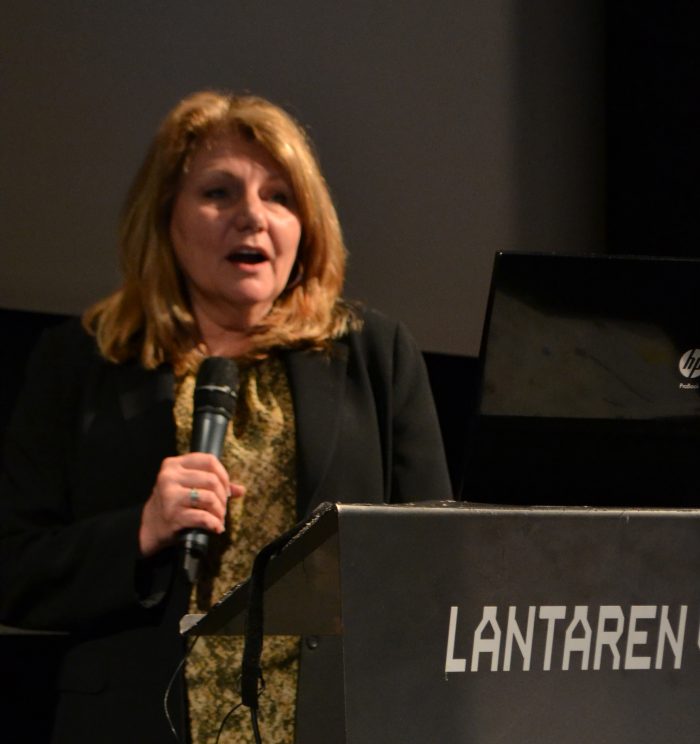
Dr. Bonnie Sakallaris
Dr. Bonnie Sakallaris, Vice President of the Optimal Healing Environment Centre of the Samueli Institute, who moderated the round table questions, summarized the day: „Todays’ event has been a fantastic interdisciplinary approach to the OHE topic; one that already showed that it doesn’t have to be about stimulating more science or more design but about a better communication and collaboration between the disciplines!“
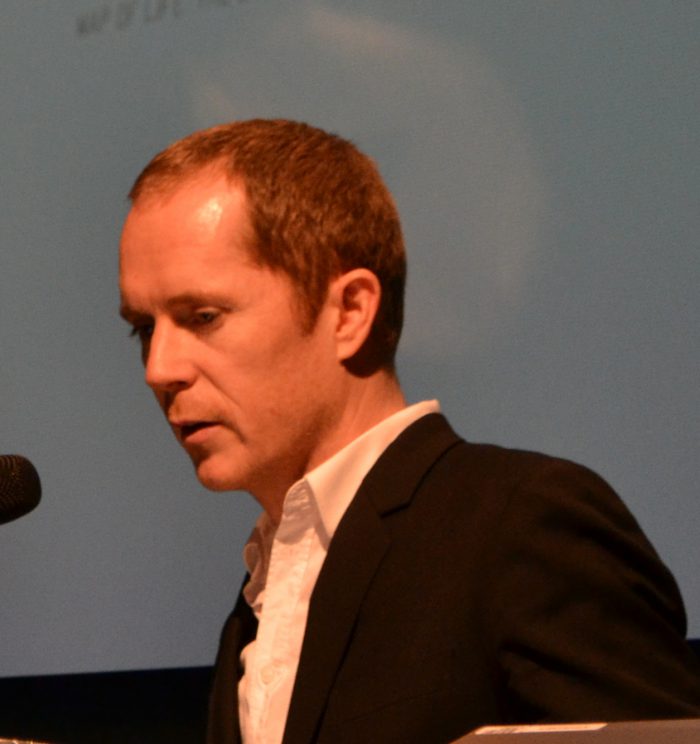
>> Lecture Prof. Dr. Deane Simpson
THE ARCHITECTURAL PERSPECTIVE
As part of his „architectural perspective“, Dr. Deane Simpson of the Royal Danish Academy of the Arts and Architecture designed an ironic image of the ‚Third Generation‘, a growing group of American retirees who, on a kind of search for the endless holiday, virtually embraces the Healing Environment Concept and shapes whole landscapes in the U.S. with it.
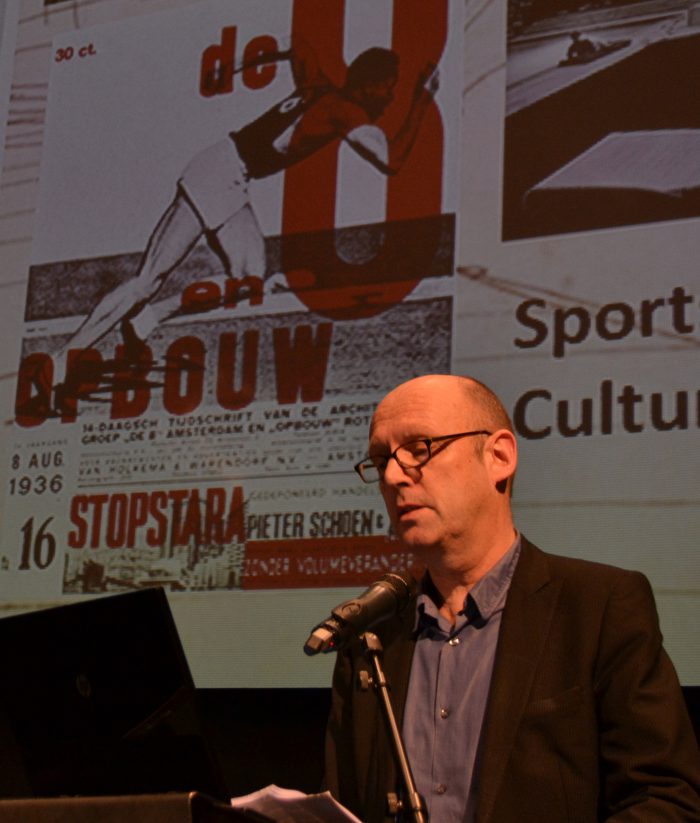
>> Lecture Prof. Dr. Cor Wagenaar
Dr. Cor Wagenaar, architectural historian at the Technical University of Delft, set against this view that the desire to create healing environments is not necessarily new. „Back in the ’30ies architects wore white coats“, Wagenaar critically commented on photos of former architects and ironically reflected the attempt of these designers to give their role more relevance in society.
THE RESEARCH PERSPECTIVE
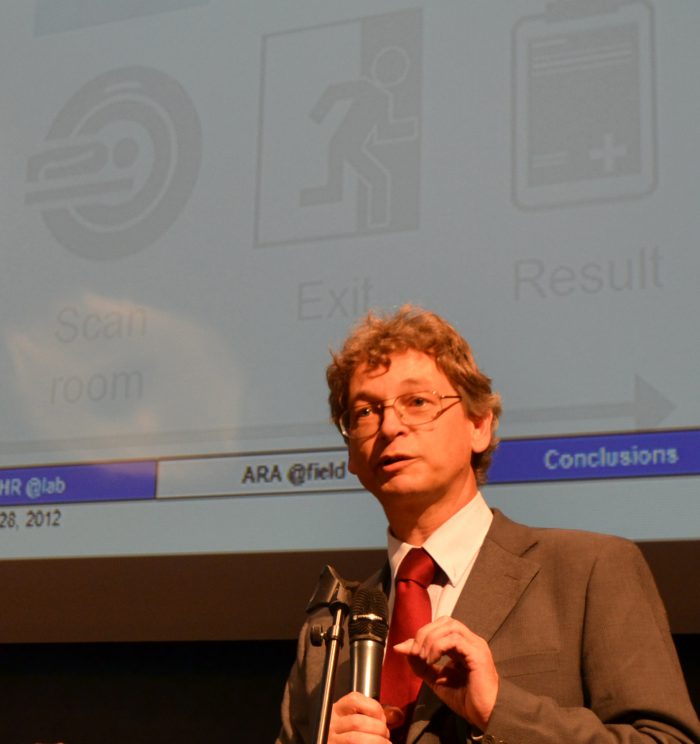
>> Lecture Prof. Dr. Evert van Loenen
